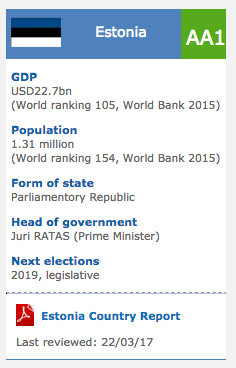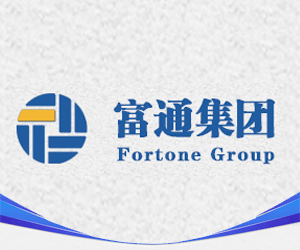Banking / Investment in Uruguay
-
URUGUAY, 2015/09/28
Buoyed by high levels of investment and sound economic policies, Uruguay’s impressive growth has been led by a strong focus on export-driven development. While innovation and sustainability have enhanced the country’s reputation for quality produce, the increase in trade is also seeing significant development to its ports
Uruguay is currently reaping the benefits of a decade of political and social stability led by the Frente Amplio Coalition, which won re-election last October with former president Tabaré Vázquez returning to lead the government for another five-year mandate after a run-off ballot in November.
Since assuming power in 2004, the Frente Amplio has made great strides in terms of the economy, social development, and infrastructure. Uruguay was largely unaffected by the global economic crisis of 2008-09, buoyed by the country’s high levels of foreign direct investment, sound macro-economic policies, and tight control on debt levels, coupled with increased social spending.
Inflation remains an issue but the IMF forecasts a decrease to 8.3% in 2015 – Uruguay and the IMF have set inflation targets that the government has prioritized – while the deficit-to-GDP ratio is expected to remain at 6.5% this year and unemployment is relatively low at around 7.4%.
-
URUGUAY, 2014/12/19
The plan known as the Financial Program for Productive Development as well includes financing agriculture investment in irrigation projects and upgrading of the citrus growing sector. The program is to be implemented by Uruguay development bank, or Banco Republica, BROU, which has a long and recognized experience in this sort of investment programs.
“With this line, the BROU is strengthened as the financial arm of energy and agricultural investments that contribute to increase that is sustainable and based on productivity and the competitive advantages of Uruguayan agriculture,” said Francisco Demichelis, IDB project team leader.
The program will provide the BROU with resources to finance companies that develop wind power farms. It is estimated that the plan will help finance a series of projects that will generate up to 120 MW of clean energy and help alleviate problems associated with the dependency of the Uruguayan energy mix during years of little rainfall.
-
URUGUAY, 2014/06/02
“The level of FDI received by Uruguay is very high for the region, equivalent to 5% of GDP in 2013. New capital contributions make up 62% of FDI while 30% is reinvestment and the rest in loans part companies” says the ECLAC statement on Uruguay.
The 2012 data indicates the beginning of a recovery of investment in public services which that year increased on average from 16 million to 117 million dollars. The increase in consistent with the promotion that the Uruguayan government has done for investment in wind farms and the robust reply from that sector, says the statement.
“French Akuo Energy for example has two major wind farm projects in construction which are demanding 205 million dollars; Spain's Abengoa is building a similar 70MW plant investing 165 million and Corporation America, from Argentina has plans to spend 210 million dollars in two similar wind farm projects”.
-
URUGUAY, 2013/04/28
This means that Uruguayan residents’ deposits overseas ended 2012 at their lowest level since December 2011 at the same time as they added to 6.67bn dollars. The stock of currency and assets of Uruguayans overseas fell 223 million dollars in the last quarter, which was less than in the third quarter of last year at the same time as it reached 1.27bn dollars, the highest quarter drop since December 2010.
-
ARGENTINA, 2013/03/13
While Panama's banks held their lead as the biggest banks in Central America, Nicaragua steamed ahead in terms of return on capital and return on assets. HSBC remains the leader of The Banker’s Central American rankings with a Tier 1 capital up by 8.38% to $1.23bn in 2011, the last available financial year.
-
URUGUAY, 2013/01/05
although Uruguay’s macroeconomics are far additional critical than neighbouring Argentina, domestic request and a budget deficit have seen inflation soar to almost digits in the eleven months of last year, despite the government’s annual target of 4 to 6% and the IMF estimate of 7.9%.








